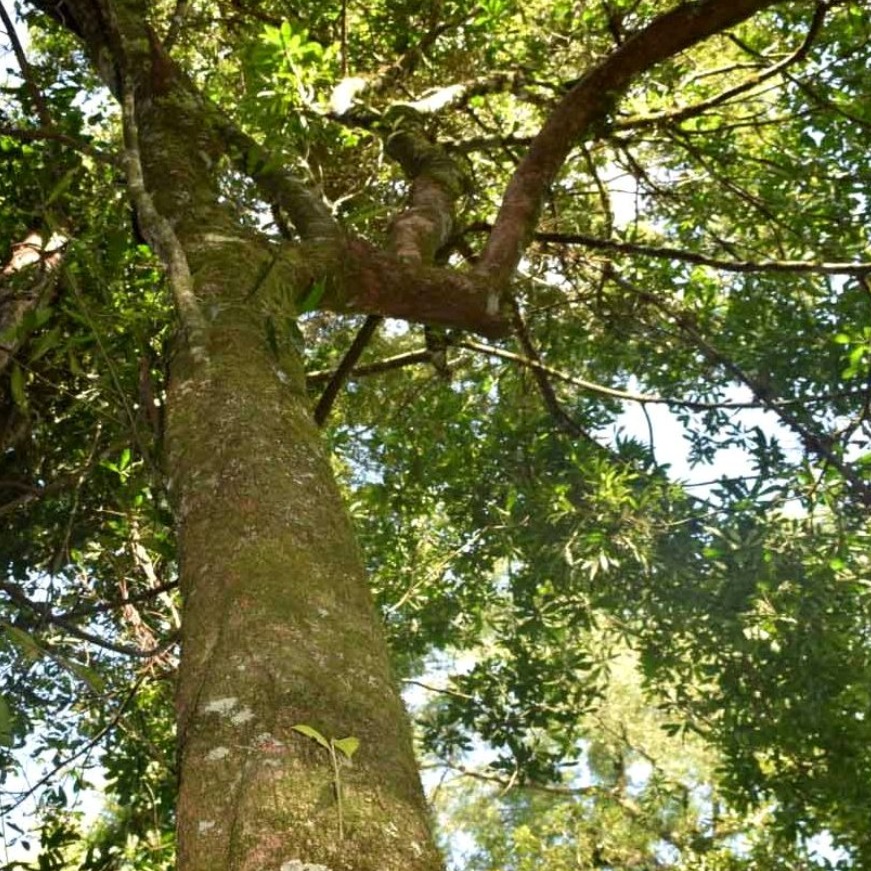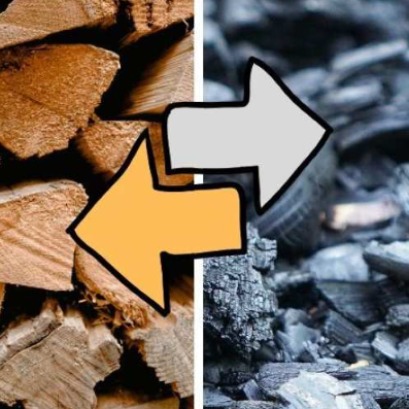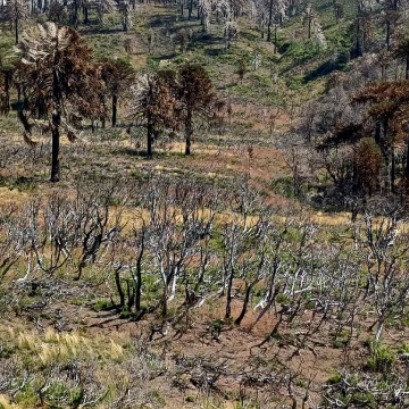
I met the Aguaí tree: one of the native timber species of the missionary jungle
As a result of the collaboration between the Faculty of Forest Sciences of the UNAM and the United States Forest Service (USFS) through the ?Update and Edition of the Madera Madera Identification Manual of the Missionary Jungle?, they developed a species manual of species Missions natives (2024) to publicize its characteristics, uses and environmental services.
Within the framework of World Environmental Education Day, every January 26, from Argentinaforestal.com we will present in various publications to the different species of native trees of the missionary jungle with a technical data sheet obtained in the Wood Anatomy Laboratory , Dendrology and Dendrocronology (Lamdyd) of the Faculty of Forest Sciences, based in Eldorado, Misiones. We started, knowing the Aguí! Did you know that ...? The fruit of Aguaí is edible and has great value for local fauna. In addition, its wood is very sought after for fine carpentry projects due to its unique texture and coloration. Knowing the technical water tree: Aguaí (Chloroluma Gonocarpa) ? Natural distribution: Aguaí grows spontaneously in the provinces of Chaco, Corrientes, Entre Ríos, Formosa, Jujuy, Misiones, Salta, Santa Fe and Tucumán ? Botanical description: Up to 25 meters. Diameter: Reach 70 cm at chest height in its adult stage. with dichotomous branching. Slips: alternate, simple, 5.8 to 20.2 cm long and 1.3 to 7 cm wide. Oblongs or lanceolate, whole edge, dark green up and lighter below, of coriacea cartaceous consistency. Flores: greenish, small yellow (2.5 to 5 mm), grouped into glomeruli from 1 to 6.fruits: yellow berries When they mature, in an ellipsoid or globose way, they contain 1 to 5 edible seeds with crescent format. Maderacolor characteristics: Albura and Duramen Indistintes, with yellowish hue. Texture: fine and moderately heavy. Humidity, although it is permeable for impregnation treatments ? Anatomical characteristics Axial-sight: diffuse or aggregates. Width and 300-500 µm height Exudes a sticky white latex. Main timber uses carpentry: moldings, tool ends, small furniture. Combustible: Excellent for firewood and coal.
IT MAY INTEREST YOU
 The second largest wetland in South America is located in Argentina: what is it?
The second largest wetland in South America is located in Argentina: what is it?
Argentina has national parks that place it in a unique position within South America, competing with 300 others. Which is the largest? South America is home to more than 300 national parks, but many go unnoticed. There are extensive wetlands that have been the subject of major ecological restoration projects, to coastal mountains with deep indigenous heritage. Today we tell you the case of one located in Argentina.
 Canadian researchers make biochar from wood waste that rivals steel in strength
Canadian researchers make biochar from wood waste that rivals steel in strength
Researchers at the University of Toronto have developed monolithic biochar from wood that can reach an axial hardness of up to 2.25 GPa, similar to mild steel.
 Specialists from 10 provinces develop forest landscape restoration strategies throughout the country
Specialists from 10 provinces develop forest landscape restoration strategies throughout the country
The program is developed by researchers from INTA, Conicet and the Argentine Wildlife Foundation.



















